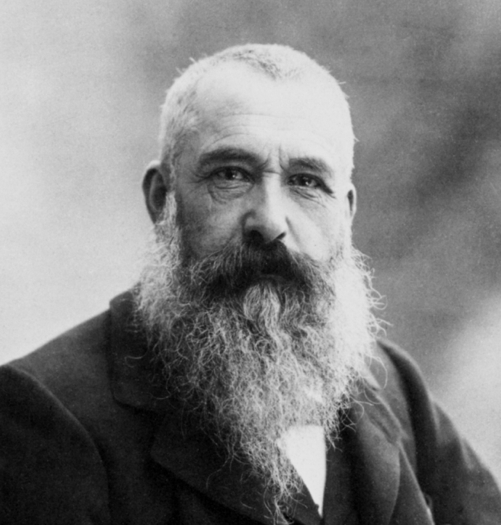Potash to Pearlash
It wasn’t long after potassium carbonate was finally isolated as the key ingredient in potash (Antonio Campanella, 1745) that enterprising chemists got interested in refining it, taking the extra step of heating potash to burn away its ashy residues. This had the effect of turning the powder a sparkling white, which thence became know as […]
READ ON